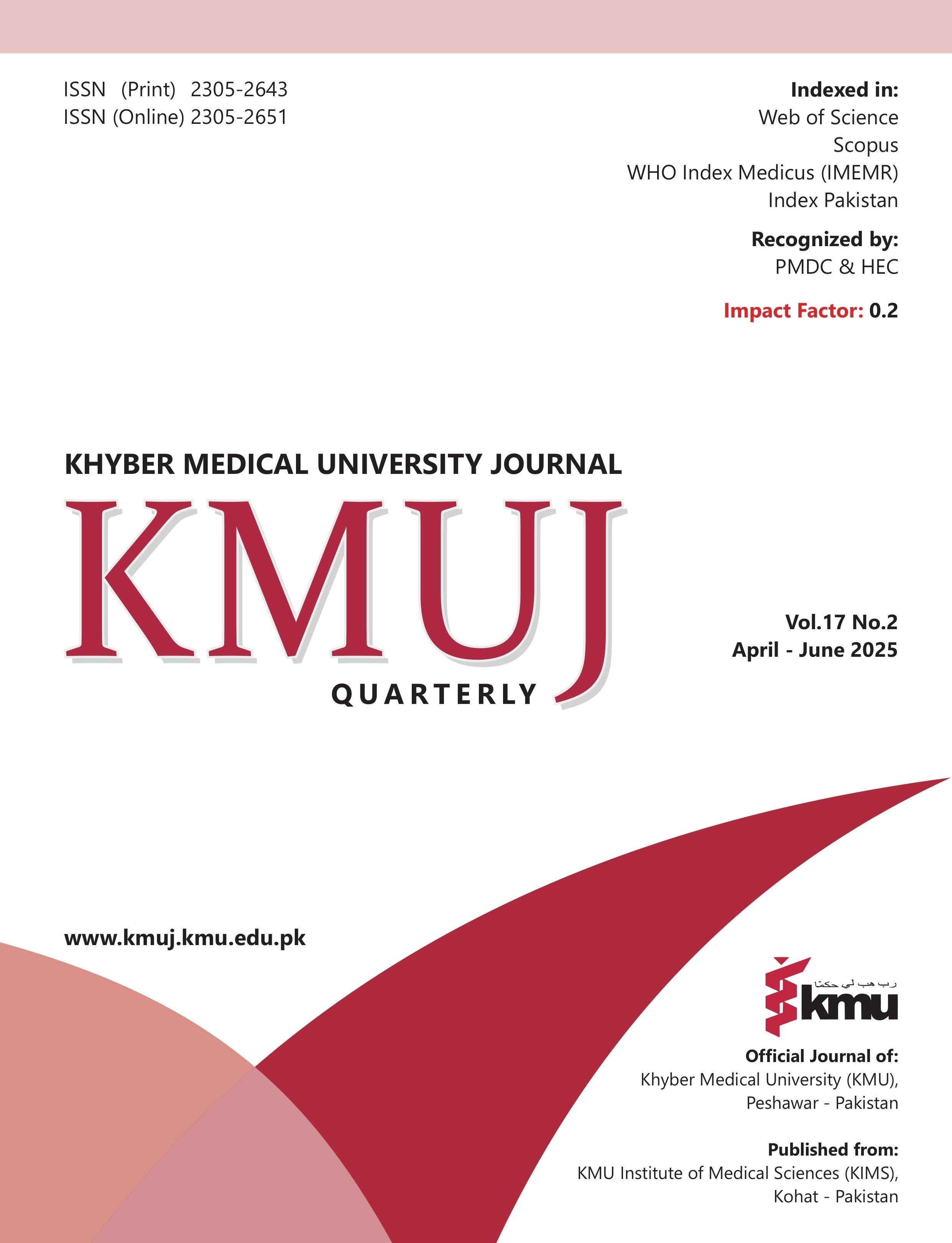‘Just Being Dramatic?’ Sociocultural invalidation and suicide attempts in women: a report of two cases
Main Article Content
Abstract
Background: In recent years, mental health awareness has advanced, reducing stigmas and encouraging open discussions about conditions like major depressive disorder. However, a persistent issue is the frequent invalidation of women's psychological distress, often dismissed as oversensitivity or drama. This invalidation exacerbates their suffering and can worsen symptoms, potentially leading to severe outcomes like suicidal behavior. We present two cases exemplifying this pattern.
Case Presentations: Case 1: Mrs. S, a 28-year-old female, attempted suicide by ingesting hydrochloric acid after an argument with her husband. She suffered severe burns to her oral cavity, Esophagus, and stomach, requiring emergency surgery. During psychiatric evaluation, her husband reported agitation and crying spells. Six weeks later, Mrs. S expressed emotional distress, feeling unsupported by her husband and in-laws, who dismissed her actions as dramatic. She had engaged in self-destructive behaviors during episodes of intense distress. She was diagnosed with major depressive disorder.
Case 2: Mrs. R, a 41-year-old female with a 15-year history of depression, showed signs of major depressive disorder, including anhedonia, insomnia, and suicidal ideation. She had also been diagnosed with hypothyroidism, which was being managed with thyroxine. Her daughter dismissed her symptoms as melodramatic. Mrs. R had attempted suicide by overdosing on thyroxine, requiring emergency intervention. The family’s delayed response, initially dismissing her condition as theatrics, highlighted their lack of understanding of her serious mental health struggles.
Conclusion: Both cases highlight the detrimental impact of dismissing women's psychological distress, emphasizing the need for timely recognition and empathetic support to prevent severe outcomes.
Article Details

This work is licensed under a Creative Commons Attribution 4.0 International License.
Work published in KMUJ is licensed under a
Creative Commons Attribution 4.0 License
Authors are permitted and encouraged to post their work online (e.g., in institutional repositories or on their website) prior to and during the submission process, as it can lead to productive exchanges, as well as earlier and greater citation of published work.
(e.g., in institutional repositories or on their website) prior to and during the submission process, as it can lead to productive exchanges, as well as earlier and greater citation of published work.
References
1. Otte C, Gold SM, Penninx BW, Pariante CM, Etkin A, Fava M, et al. Major depressive disorder. Nat Rev Dis Primers 2016;2:16065. https://doi.org/10.1038/nrdp.2016.65
2. GBD 2019 Diseases and Injuries Collaborators. Global burden of 369 diseases and injuries in 204 countries and territories, 1990-2019: a systematic analysis for the Global Burden of Disease Study 2019. Lancet 2020;396(10258):1204-22. https://doi.org/10.1016/S0140-6736(20)30925-9. Erratum in: Lancet 2020;396(10262):1562.
3. Covan EK. Chronic illness: misunderstood, misdiagnosed, and mistreated among women. Health Care Women Int 2022;43(1-3):1-4. https://doi.org/10.1080/07399332.2022.2028470
4. Vijayakumar L. Suicide in women. Indian J Psychiatry 2015;57(Suppl 2):S233-8. https://doi.org/10.4103/0019-5545.161484
5. Yousafzai AW, Khan SA, Bano S, Khan MM. Exploring the phenomenon of suicidal behaviour (SB): an explanatory, mixed-method study in rural Pakistan. Int J Soc Psychiatr 2022;68(8):1629-1635. https://doi.org/10.1177/00207640211045414
6. Burt VK, Quezada V. Mood disorders in women: focus on reproductive psychiatry in the 21st century--Motherisk update 2008. Can J Clin Pharmacol 2009;16(1):e6-e14.
7. Brandão T, Brites R, Hipólito J, Nunes O. Perceived emotional invalidation, emotion regulation, depression, and attachment in adults: a moderated-mediation analysis. Curr Psychol 2022;42(18):15773-81. https://doi.org/10.1007/s12144-022-02809-5
8. Culpepper L. Understanding the burden of depression. J Clin Psychiatry 2011;72(6):e19. https://doi.org/10.4088/JCP.10126tx1c
9. Kuehner C. Why is depression more common among women than among men?. Lancet Psychiatry 2017;4(2):146-58. https://doi.org/10.1016/S2215-0366(16)30263-2
10. Franklin JC, Ribeiro JD, Fox KR, Bentley KH, Kleiman EM, Huang X, et al. Risk factors for suicidal thoughts and behaviors: a meta-analysis of 50 years of research. Psychol Bull 2017;143(2):187-232. https://doi.org/10.1037/bul0000084
11. Yen S, Kuehn K, Tezanos K, Weinstock LM, Solomon J, Spirito A. Perceived family and peer invalidation as predictors of adolescent suicidal behaviors and self-mutilation. J Child Adolesc Psychopharmacol 2015;25(2):124-30. https://doi.org/10.1089/cap.2013.0132
12. Gantt AB, Goldstein G, Pinsky S. Family understanding of psychiatric illness. Community Ment Health J 1989;25(2):101-8. https://doi.org/10.1007/BF00755382
13. Schindler FE, Berren MR, Beigel A. A study of the causes of conflict between psychiatrists and psychologists. Hosp Community Psychiatry 1981;32(4):263-6. https://doi.org/10.1176/ps.32.4.263
14. Witko KD, Bernes KB, Nixon G. Care for psychological problems. Collaborative approach in primary care. Can Fam Physician 2005;51(6):799-801, 805-7.
15. Sherbourne CD, Dwight-Johnson M, Klap R. Psychological distress, unmet need, and barriers to mental health care for women. Women's Health Issues 2001;11(3):231-43. https://doi.org/10.1016/s1049-3867(01)00086-x
16. Caroline HA, Bernhard LA. Health care dilemmas for women with serious mental illness. ANS Adv Nurs Sci 1994;16(3):78-88. https://doi.org/10.1097/00012272-199403000-00009
17. Thornicroft G, Brohan E, Kassam A, Lewis-Holmes E. Reducing stigma and discrimination: candidate interventions. Int J Ment Health Syst 2008;2:3. https://doi.org/10.1186/1752-4458-2-3
